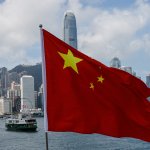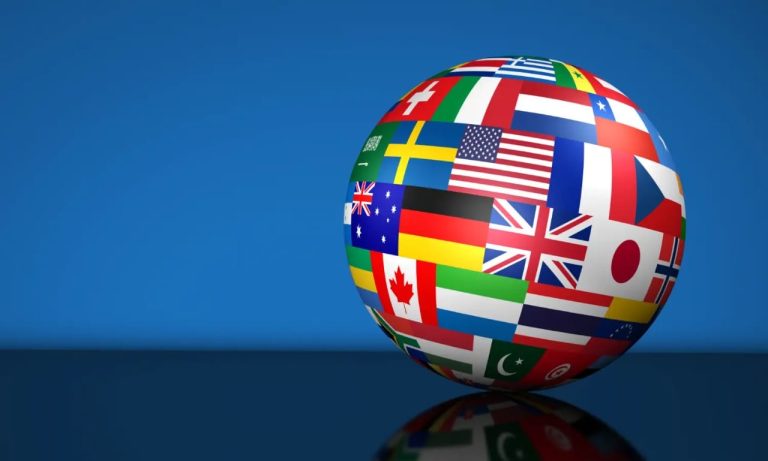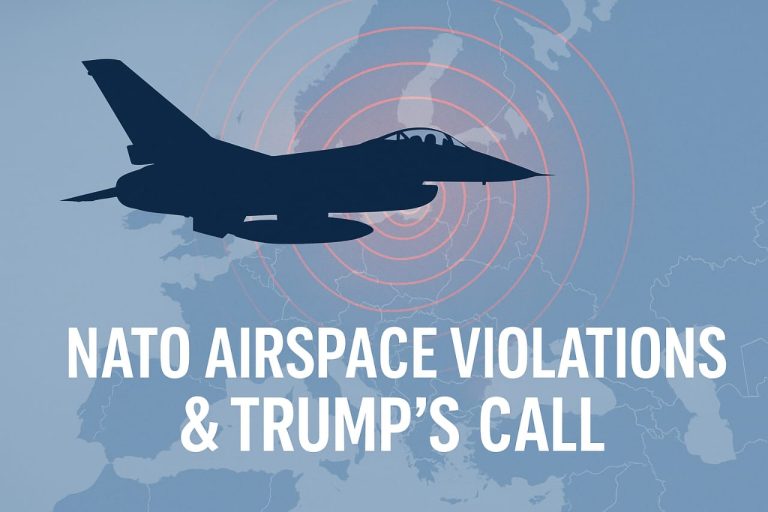Trump Announces ‘Massive’ U.S.-Japan Trade Deal, Targets 15% Tariff on Japanese Exports
In a move that could redefine transpacific economic relations, the U.S. President Donald Trump has announced a sweeping trade agreement with Japan, branding it a “massive win” for American industry.
Speaking at a rally on Tuesday, Trump declared that Japanese exports to the United States will now face a 15% tariff under the terms of the new deal.
The agreement, which comes amid Trump’s renewed push for economic nationalism in his 2025 political comeback, is being viewed as both a strategic and economic maneuver to regain leverage in Asia.
“For far too long, Japan has enjoyed one-sided trade benefits. That era is over,” Trump stated to a crowd of supporters.
Impacts on American and European Markets
The deal is expected to directly affect Japanese auto, electronics, and steel exports: key sectors heavily dependent on access to U.S. markets.
While Trump insists the tariff structure will protect American jobs and revive domestic manufacturing, economists across the Atlantic are voicing caution.
European analysts are closely watching the implications of this agreement. “This marks a significant shift from the multilateralism the U.S. once championed.

It could increase protectionist tendencies globally,” said Anneliese Kraus, a trade economist based in Berlin.
For the U.S., the trade deal is being promoted as a win for middle-class workers and struggling industrial sectors, especially in swing states.
Trump claims the 15% tariff will “level the playing field” and encourage companies to re-shore jobs. However, critics argue that it may raise consumer prices and strain U.S.-Japan relations.
Japan Responds with Diplomacy
In Tokyo, the Japanese government expressed measured concern. “While we respect the U.S. decision, we urge constructive dialogue to ensure mutual benefit,” said Foreign Minister Yoko Kamikawa.
Japan has not ruled out taking the matter to the World Trade Organization if tensions escalate.
Strategic Significance
This trade deal also holds geopolitical weight. With China’s rising influence in the Indo-Pacific, the U.S. appears to be re-calibrating alliances and trade dynamics.
Analysts suggest this could pressure Japan to diversify its economic partners, including stronger ties with the EU.

Whether this deal energizes American manufacturing or sparks a new round of trade disputes, it is clear that Trump’s economic playbook remains focused on unilateral strength and domestic gains.
For American and European observers alike, the coming months will reveal if this “massive” trade deal is a turning point or just a political statement.











